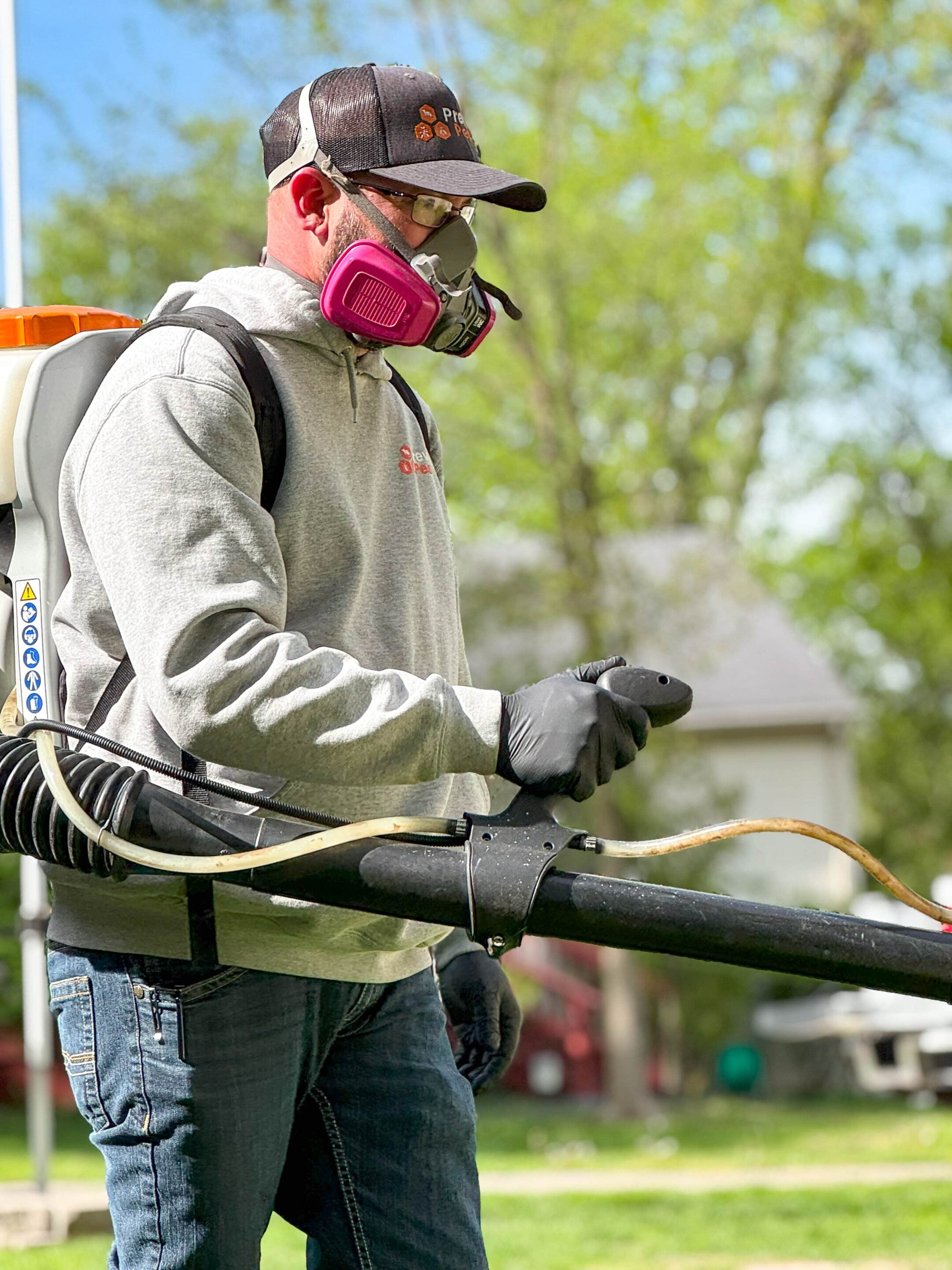Finding centipedes scurrying across your basement floor can be an unsettling experience. With their rapid movements and many legs, they often appear suddenly, catching homeowners off guard. But these creepy crawlers don’t just show up at random, they’re often drawn to specific environmental conditions within the home. In most cases, centipedes are a symptom of a deeper issue, such as excess moisture, hidden entry points, or a growing population of other pests they prey on.
If left unchecked, a single centipede sighting can turn into regular, unwelcome visits. This article explores why basements in particular are prime real estate for centipedes, how to spot the signs early, and what you can do to make your space far less inviting to these general pests.

Why Basements Appeal to Centipedes
Centipedes, like many general pests, gravitate toward cool, dark, and humid areas. Basements naturally provide these conditions, making them ideal hiding and hunting grounds. These arthropods are nocturnal and prefer environments that stay undisturbed during daylight hours.
Key reasons basements attract centipedes include:
- Consistently high moisture from leaks, condensation, or poor ventilation
- Low light levels and plenty of crevices for shelter
- An abundant food supply of other insects, such as spiders, ants, and silverfish
- Easy entry through gaps in foundations or poorly sealed windows and vents
While centipedes do help reduce other insect populations, their presence indoors signals larger pest activity and potential moisture issues. Eliminating the conditions they prefer is crucial in preventing long-term infestations.
Signs of Centipede Activity
Unlike some pests, centipedes don’t travel in large groups, so infestations are often isolated to specific areas of the home. That said, even a single sighting can indicate a broader environmental issue in the basement.
Common signs include:
- Frequent sightings near baseboards, especially at night
- Shedded exoskeletons in corners or along walls
- Increased activity of other insects (which serve as food sources)
- Movement near floor drains, sump pumps, or damp storage areas
You may also spot centipedes fleeing quickly when lights are turned on. Their long, segmented bodies and numerous legs allow for rapid, erratic motion, making them difficult to catch or control without a strategic plan in place.
How to Make Basements Less Inviting
Reducing centipede activity starts with making the basement inhospitable. This involves tackling environmental factors that support both the centipedes themselves and the insects they feed on.
To minimize basement attraction:
- Control humidity: Use a dehumidifier to maintain humidity levels below 50%.
- Fix leaks: Address any dripping pipes, water heaters, or wall seepage.
- Seal entry points: Inspect foundation cracks, windows, vents, and utility openings for gaps.
- Declutter: Remove cardboard boxes and stored paper where pests might hide.
- Improve airflow: Install proper ventilation or fans to reduce moisture buildup.
These changes not only deter centipedes but also reduce the appeal for other general pests they rely on for food. For long-term success, consider preventative pest control services that keep both moisture-loving insects and their predators at bay.
Common Hiding Spots and How to Treat Them
Basements offer numerous hiding places that are often overlooked during routine cleaning or maintenance. Centipedes prefer areas where they can stay out of sight during the day and emerge at night to hunt.
Be sure to inspect these problem areas:
- Cracks in concrete floors and walls
- Gaps behind baseboards or paneling
- Beneath stored items that rest directly on the ground
- Inside floor drains, sump pits, and utility access points
- Behind water heaters, laundry machines, and HVAC units
Once you’ve identified potential harborage zones, clean and seal them thoroughly. Vacuuming these areas can remove eggs and hidden pests, while caulking or foam sealants prevent future intrusion. If activity persists despite these efforts, you may be dealing with more extensive pest issues and should consider hiring a pest control company for expert evaluation.
Long-Term Strategies for Centipede Control
Centipede management doesn’t end once they’re removed. Maintaining a pest-free environment requires consistency and attention to detail. Because these pests are often seasonal, returning each year when humidity rises, ongoing prevention is key.
To keep centipedes from returning:
- Monitor indoor moisture year-round, especially during spring and fall
- Trim vegetation near the foundation to reduce outdoor entry points
- Inspect weather stripping on basement doors and windows
- Clear gutters and downspouts to prevent water from pooling around the home
- Schedule seasonal inspections to detect early signs of pest activity
Although centipedes aren’t typically dangerous to humans, their appearance and speed make them highly unwelcome. And where one centipede is found, it’s likely others are hiding in nearby voids or beneath clutter.
Don’t Let Creepers Linger Below
Centipedes are often just the tip of the pest iceberg. If your basement attracts these fast-moving intruders, deeper problems may be lurking behind the walls. For targeted relief and year-round protection, reach out to Prevent Pests for trusted, effective solutions.

